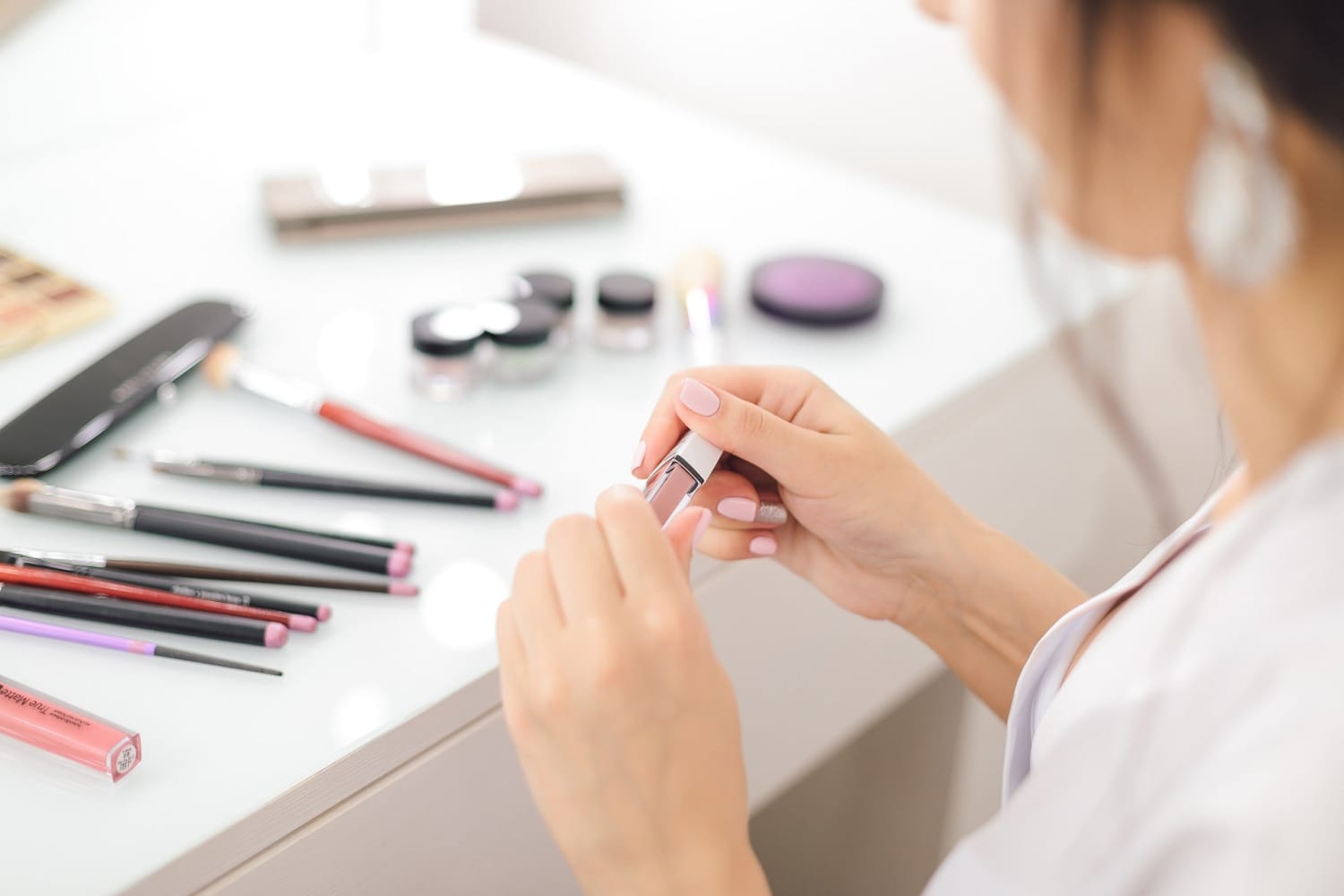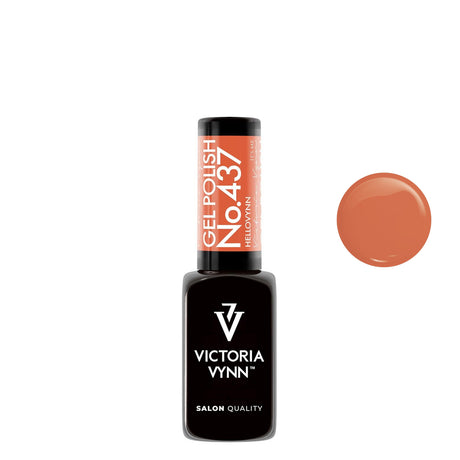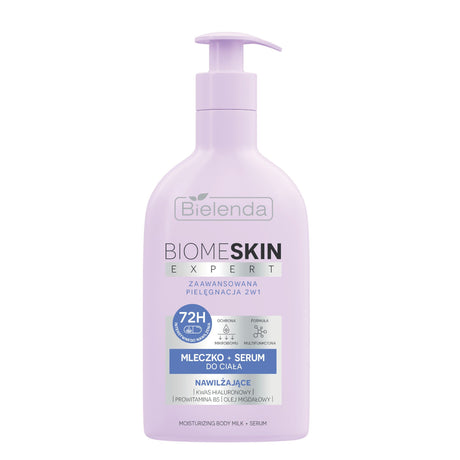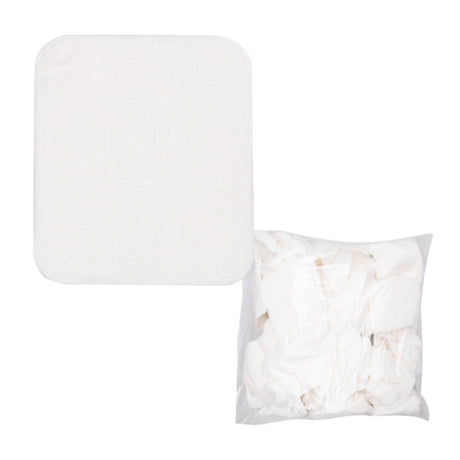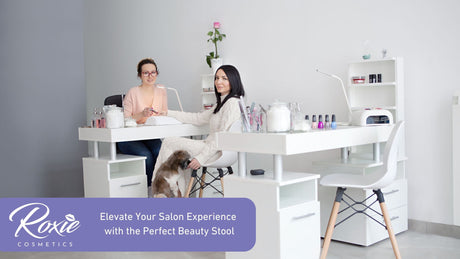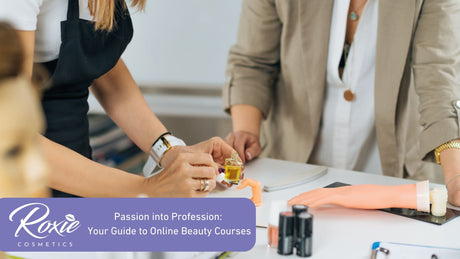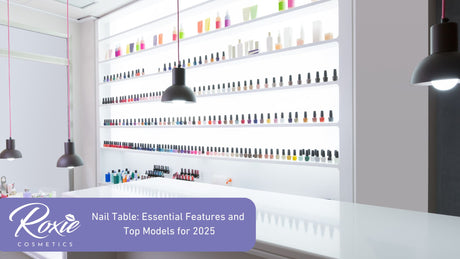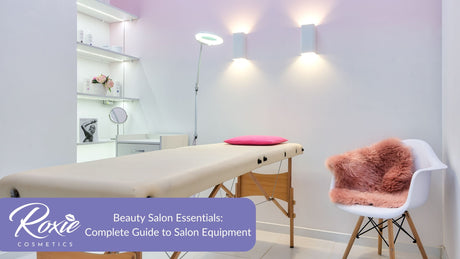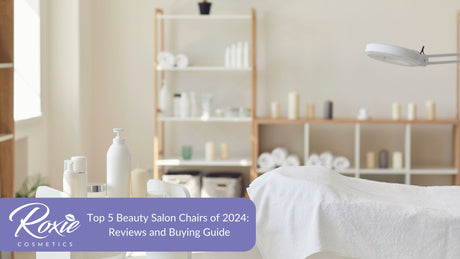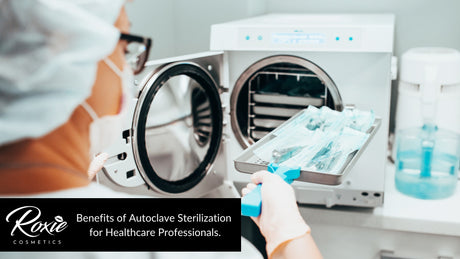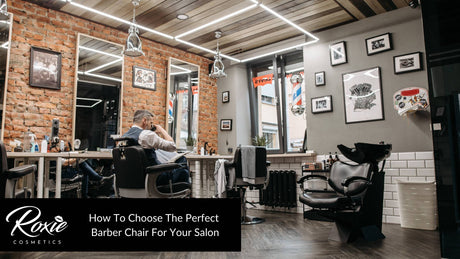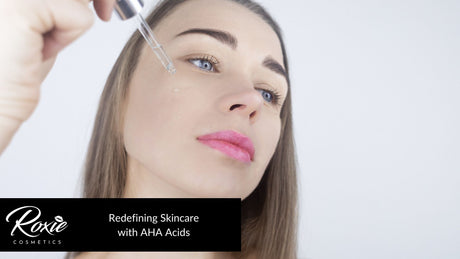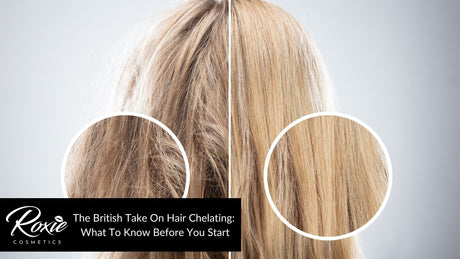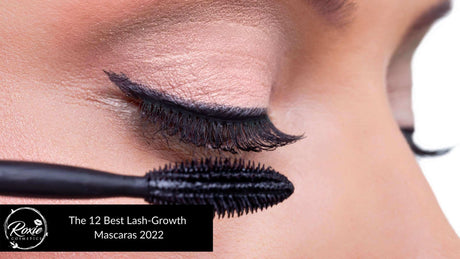The basis of conscious skin and hair care is the ability to read the ingredients. This is the only way if you want to make really informed decisions when choosing cosmetics. The bad news is that the information on labels still remains black magic for many people. That is why today we will try to unveil a bit of a secret and give you a solid dose of knowledge on how to read labels, and above all, how to decode cosmetic compositions.
Don't judge by appearance
Cosmetics manufacturers try to attract the attention of customers with nice boxes, aesthetic packaging and marketing slogans that are to encourage shopping. They often put descriptions of the magical properties of their products on the packaging, but what really matters is always written in small print. Therefore, even if a new cream screams to you from the shelf that it has a huge content of natural substances, plant extracts and will remove all skin imperfections, this is not necessarily true. There are no regulations forbidding manufacturers to praise their cosmetics and describe their amazing effects, but there is a law that requires the use of the true composition of the cosmetic in the International Nomenclature of Cosmetic Ingredients (INCI) convention, where names appear in English and Latin. Therefore, if the manufacturer boasts of the natural composition and the addition of, for example, precious oils, it is easy to verify their actual content in the list of ingredients.
It is also worth knowing the symbols used to mark cosmetics. One of them is a pictogram with an open jar and a number. It means the durability of the product counted in months from the moment of opening the cosmetic. Another commonly used symbol is a drawing of a bunny, signifying that the product has not been tested on animals. On the other hand, the mark of the book informs that the product is accompanied by a leaflet with detailed information that should be read before use.
The most numerous will be the first, so the order matters
According to the guidelines imposed on cosmetics producers, they must follow a strictly defined order when placing the ingredients of a given product on its packaging. They must be ranked from the one with the highest percentage to the lowest. Therefore, water - Aqua is usually placed at the beginning of the composition of most cosmetics. It is a solvent and the basis for all the rest of the active substances, fragrances and preservatives, in a word, without water, there is no care.
Then the main active ingredient is administered, on the action of which the entire product is based. Often they will be moisturizing alcohols or plant extracts, provided that the product fits into the philosophy of natural care. In fact, the following items largely depend on the type of product and the rest of the list of ingredients may differ drastically from one manufacturer to another. An important issue, however, is the position of the ingredient under the name Parfum. It is a fragrance that usually closes the list of active ingredients. Manufacturers usually add a minimal amount of a fragrance ingredient to cosmetics, so what is behind it does not have much of an impact on the actual care. Also, ingredients whose content is less than 1% may be listed at the end of the composition in any order.
Preservatives are also usually placed in the last items of the composition. They are even added to natural cosmetics as they prevent spoilage and allow for longer storage. Otherwise, we would probably have to refrigerate all cosmetics and use them completely within a dozen or so days. Therefore, it is not worth demonizing preservatives, but the knowledge of various preservatives, the ability to distinguish them from the rest of the composition and knowledge about their origin and possible side effects is definitely valuable knowledge. Later in this guide, we'll take a closer look at the various preservatives used in cosmetics.
How to find natural substances among the ingredients?
Natural ingredients, substances of plant origin or extracts are quite easy to locate on the label. Usually, their names are accompanied by words such as "extract", "water", "oil". Below are some examples of what the records of plant extracts and other natural substances may look like:
- Cucumis Sativus Fruit Extract - cucumber extract
- Amaranthus Hypochondriacus Leaf Extract - amaranth leaf extract
- Persea Gratissima Oil - avocado oil
- Olea Europaea - olive oil
- "Good" alcohols - come from vegetable fat acids, have a moisturizing effect and are often used in hair conditioners (stearyl alcohol, behenyl alcohol, cetearyl alcohol, cetyl alcohol, lanolin alcohol, acetyl alcohol)
Their effect will only be visible when they are in the warehouse in front of the Parfum. It happens that dishonest producers advertise their product with the content of a specific active substance of natural origin, while it is at the end of the composition, which means only a trace of it. Therefore, it is always a good idea to read labels to protect yourself from such practices and buy quality cosmetics.
How to read cosmetic compositions consciously and with understanding?
The composition of cosmetics on the label will also help to determine whether a given product is safe. Manufacturers are required to provide information about preservatives and potential allergens that they used in production. So if you know that you tend to allergies, check the formulas of cosmetics carefully and compare them with the current list of 26 allergens published by the European Commission. The ingredients that are not harmful, but whose use should be limited (and above all, be aware of their presence and operation) also include:
- SLS, SLES - Sodium Lauryl Sulfate and Sodium Laureth Sulfate - are strong detergents, thanks to which washing products foam more. Used in shampoos, soaps and shower gels. They can cause skin dryness, but it is worth having one or two products with one of these ingredients, for example, to occasionally more thoroughly cleanse your hair of silicones and other sticky substances.
- EDTA - a preservative, can irritate the skin, but also has a chelating effect, which helps remove excess minerals from the hair, e.g. before dyeing with herbs
- Silicones - sticky substances, undesirable in creams due to possible clogging of pores, but beneficial in some hair cosmetics to smooth them; they also work well as a protective serum for hair ends.
The devil is not so scary - a word about preservatives
Undesirable microorganisms in cosmetic products can develop naturally by spoiling the product, but we also often introduce them into cosmetics by, for example, scooping up cream from a jar with a finger. Therefore, all cosmetics must be factory protected against the growth of mould and bacteria. For this purpose, preservatives are used, which are a wide group of ingredients, including both natural substances and strong chemicals. Natural preservatives include, first of all, essential oils, but also vitamin E or vitamin C. There are also synthetically obtained substances with a preservative effect, which, however, are completely safe and do not cause allergic responses. They are even approved for use in natural cosmetics and include:
- Potasium Sorbate
- Sodium Benzoate - safe even for babies
- Dehydroacetic Acid - preserves and protects against changes in colour and smell
Less friendly preservatives are, for example, Methylisothiazolinone and Methylchloroisothiazolinone known as "itchy M's". They are often used in hair conditioners and can cause itching and even severe allergic reactions, skin peeling and dandruff in more sensitive people. Remember, however, that even the most harmful preservatives can be safely used in sufficiently low concentrations, and others are safe, for example, if you do not inhale them. It all depends on the amount and form of the preservative used. Below is a list of the most commonly used preservatives in terms of safety:
- Phenoxyethanol - should not be used on the mucous membranes and around the eyes and mouth
- Butyliodopropynyl Ester - should not be inhaled, so avoid it in sprays
- EDTA - be especially careful if you are taking drugs that contain heavy metals
Black list - the potentially harmful substances
|
Ingredient |
INCI |
Results |
|
Alcohols |
Alcohol Denat, Isopropyl Alcohol, Benzyl Alcohol, Ethyl Alcohol |
Drying alcohols that may irritate and cause allergic reactions |
|
Diethanolamide |
Lauramide DEA, Soyamide DEA, Linoleamide DEA, Oleamide DEA, Cocamide DEA. |
Emulsifier, potentially toxic |
|
Mineral oils |
Paraffin Oil, Paraffinum Liquidum, Synthetic Wax, Paraffin, Isoparaffin, Petrolatum/Vaseline, Mineral Oil, Ceresin, Isobutane, Isopropan, Cera Microcristallina, Ozokerite, Isododecane, Isohexadecane |
They block access to oxygen and promote the growth of bacteria. Used in creams due to a temporary smoothing effect |
|
Glycols |
PEG, PPG, Laureth-8-Phosphate |
Solvents and emulsifiers, may irritate and cause allergic reactions |
|
Parabens |
Methylparaben, Propylparaben, Butylparaben, Ethylparaben, Isopropylparaben, Isobutylparaben. |
Preservatives, can cause inflammation |
Note that although the above substances are considered harmful, their use in cosmetics remains legal. This is because their concentration in cosmetics is so low that it should not cause any negative effects. However, we believe that everyone should have the right to consciously choose their own care. Manufacturers use these substances to perform specific functions in cosmetics, most often preservatives or foaming substances, so make your own decision whether you accept their presence in your bathroom or not.
What to look for:
- The number of ingredients - usually the less the better, because it often means that fewer chemicals or preservatives were used in the production; however, the type and quality of ingredients are still the most important thing, so try to judge the whole composition rather than paying attention to individual substances
- Usually, "oil" indicates the use of natural oil - the exception is "paraffin oil" (but also Mineral oil and Paraffinum liquidum), i.e. paraffin, which is a derivative of petroleum, which is not a substance desirable in cosmetics for everyone, especially if you want to maintain natural care
- The longer the expiry date, the stronger the preservatives or more of them have been added to the cosmetic

